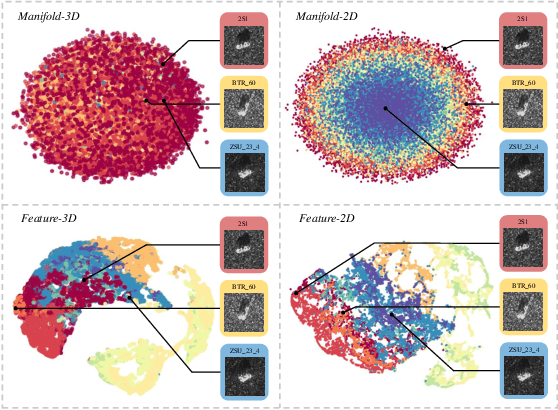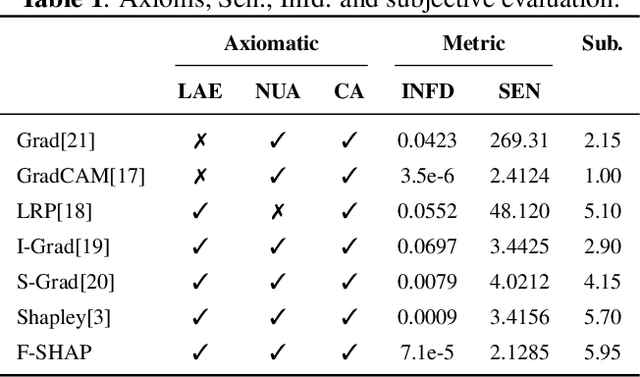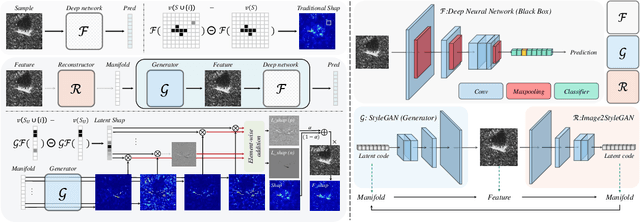LJubisa Stankovic
SAR Despeckling via Regional Denoising Diffusion Probabilistic Model
Jan 06, 2024Abstract:Speckle noise poses a significant challenge in maintaining the quality of synthetic aperture radar (SAR) images, so SAR despeckling techniques have drawn increasing attention. Despite the tremendous advancements of deep learning in fixed-scale SAR image despeckling, these methods still struggle to deal with large-scale SAR images. To address this problem, this paper introduces a novel despeckling approach termed Region Denoising Diffusion Probabilistic Model (R-DDPM) based on generative models. R-DDPM enables versatile despeckling of SAR images across various scales, accomplished within a single training session. Moreover, The artifacts in the fused SAR images can be avoided effectively with the utilization of region-guided inverse sampling. Experiments of our proposed R-DDPM on Sentinel-1 data demonstrates superior performance to existing methods.
Manifold-based Shapley for SAR Recognization Network Explanation
Jan 06, 2024



Abstract:Explainable artificial intelligence (XAI) holds immense significance in enhancing the deep neural network's transparency and credibility, particularly in some risky and high-cost scenarios, like synthetic aperture radar (SAR). Shapley is a game-based explanation technique with robust mathematical foundations. However, Shapley assumes that model's features are independent, rendering Shapley explanation invalid for high dimensional models. This study introduces a manifold-based Shapley method by projecting high-dimensional features into low-dimensional manifold features and subsequently obtaining Fusion-Shap, which aims at (1) addressing the issue of erroneous explanations encountered by traditional Shap; (2) resolving the challenge of interpretability that traditional Shap faces in complex scenarios.
 Add to Chrome
Add to Chrome Add to Firefox
Add to Firefox Add to Edge
Add to Edge